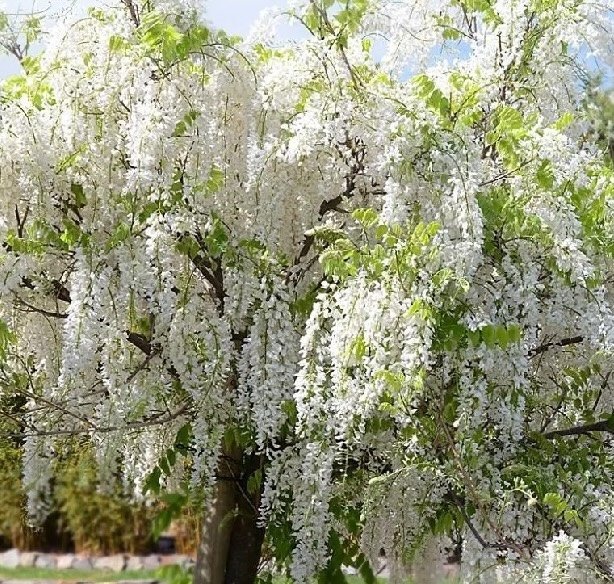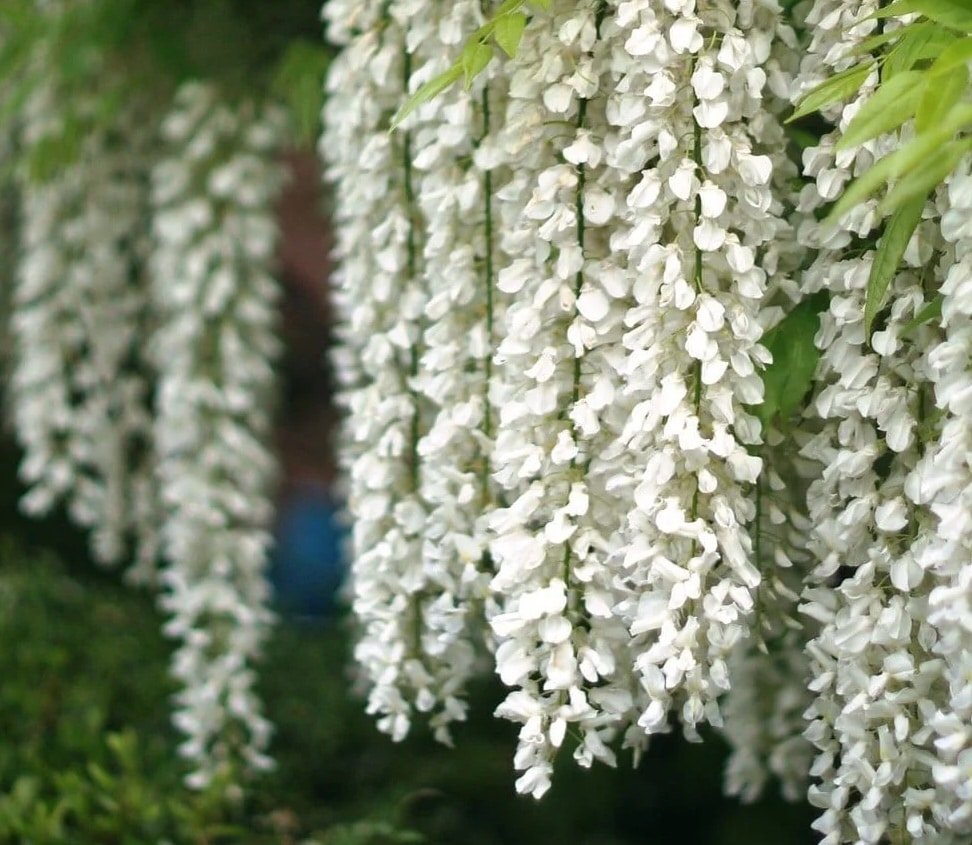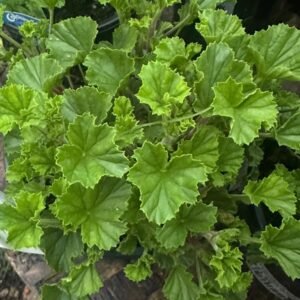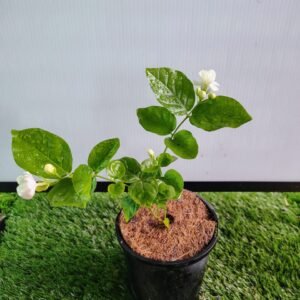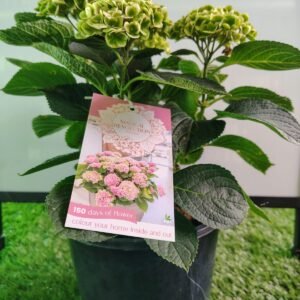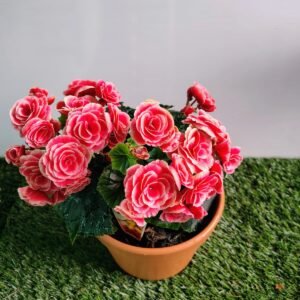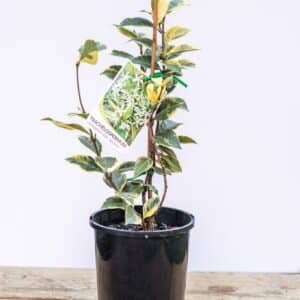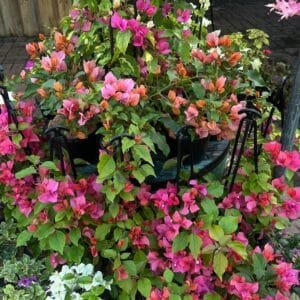The Wisteria floribunda ‘Alba’, or Japanese White Wisteria, is a magnificent, vigorous, deciduous climber celebrated for its breathtaking spring display. This plant is a true showstopper, famed for its incredibly long, drooping flower clusters (racemes) that can reach up to 60cm in length, creating a curtain of fragrant, pure-white blooms. As a deciduous plant, its foliage turns a lovely yellow colour in autumn before dropping its leaves, revealing its woody, twining structure.
Caring for Your Wisteria
- Growing Conditions: Wisteria thrives in a position with full sun—at least six hours of direct sunlight is necessary for a good flowering display. It needs well-draining, fertile soil. It is a very hardy plant once established, handling cold winters and hot summers well.
- Support: Due to its immense weight and vigorous, twining habit, it requires an extremely strong, well-built support structure, such as a sturdy pergola, arbour, or steel frame. Do not let it climb up roof guttering or flimsy fences, as it can cause structural damage.
- Watering: Water regularly while the plant is establishing. Once mature, it is quite tough, only requiring deep watering during extended dry periods.
- Feeding: Wisteria is a light feeder. Use a slow-release fertiliser low in nitrogen (which promotes leaf growth) and higher in phosphorus (which promotes flowers) in early spring.
- Pruning: Pruning is the most critical step to ensure prolific flowering. This is typically done twice: a summer prune (around January/February) to reduce the long whips and a hard winter prune (around July/August) to cut back side shoots to just two or three buds.
Usage in the Garden
The Japanese White Wisteria is primarily used as a spectacular feature plant. It looks sensational trained over a pergola above a patio, creating a cool, fragrant, shaded area in summer. It can also be trained as a standard or specimen tree, where its beautiful flowering branches can cascade down to the ground.

